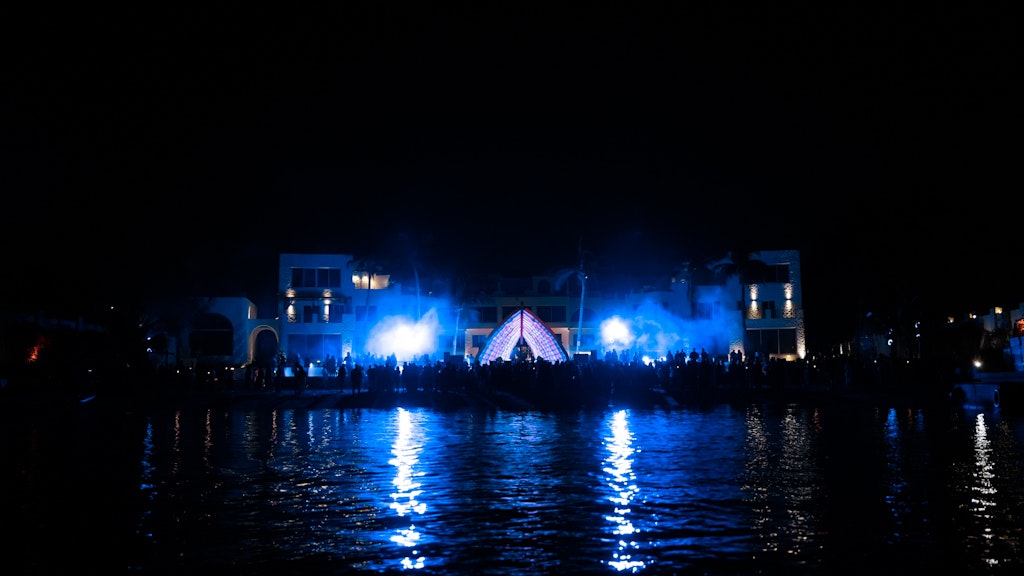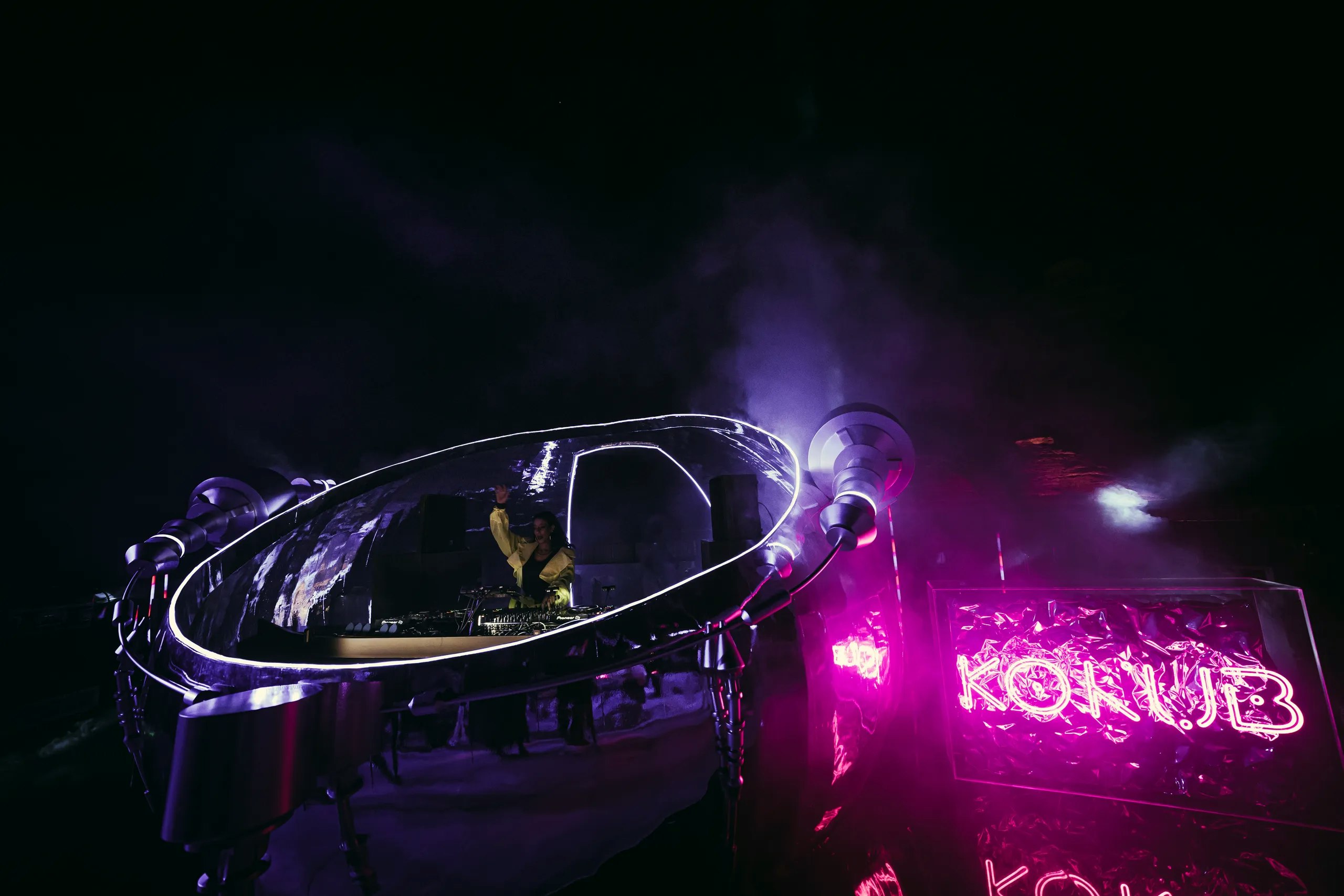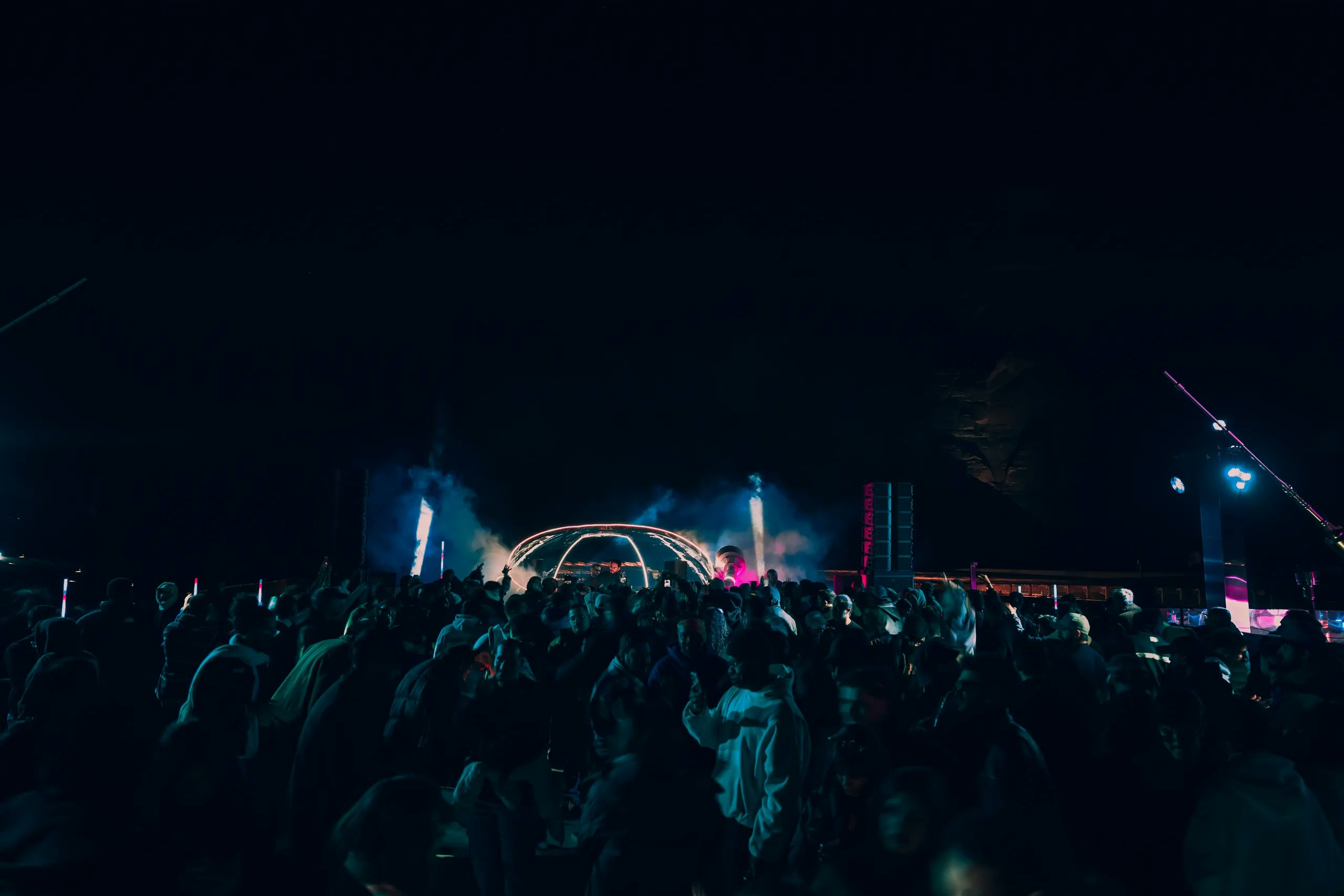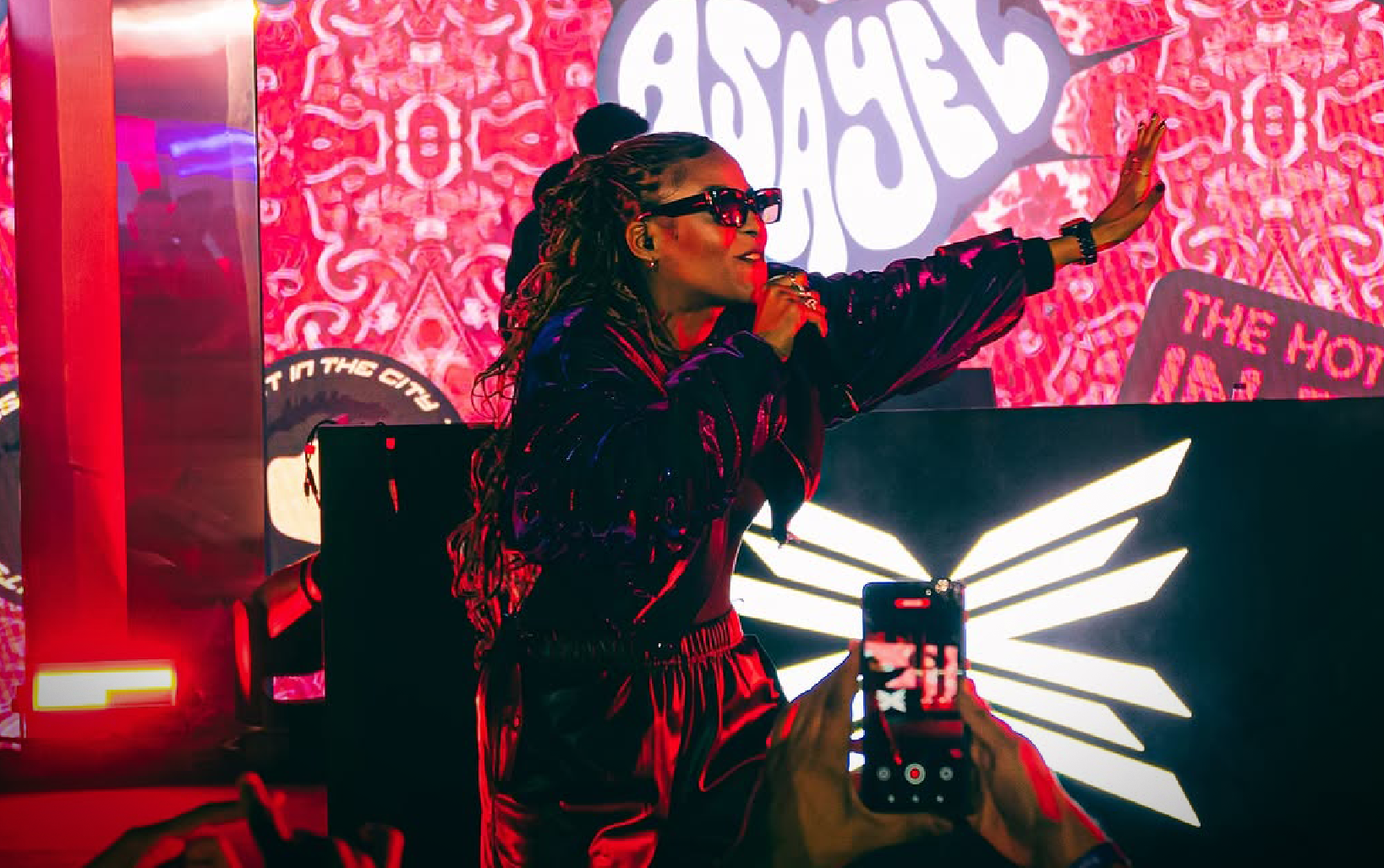
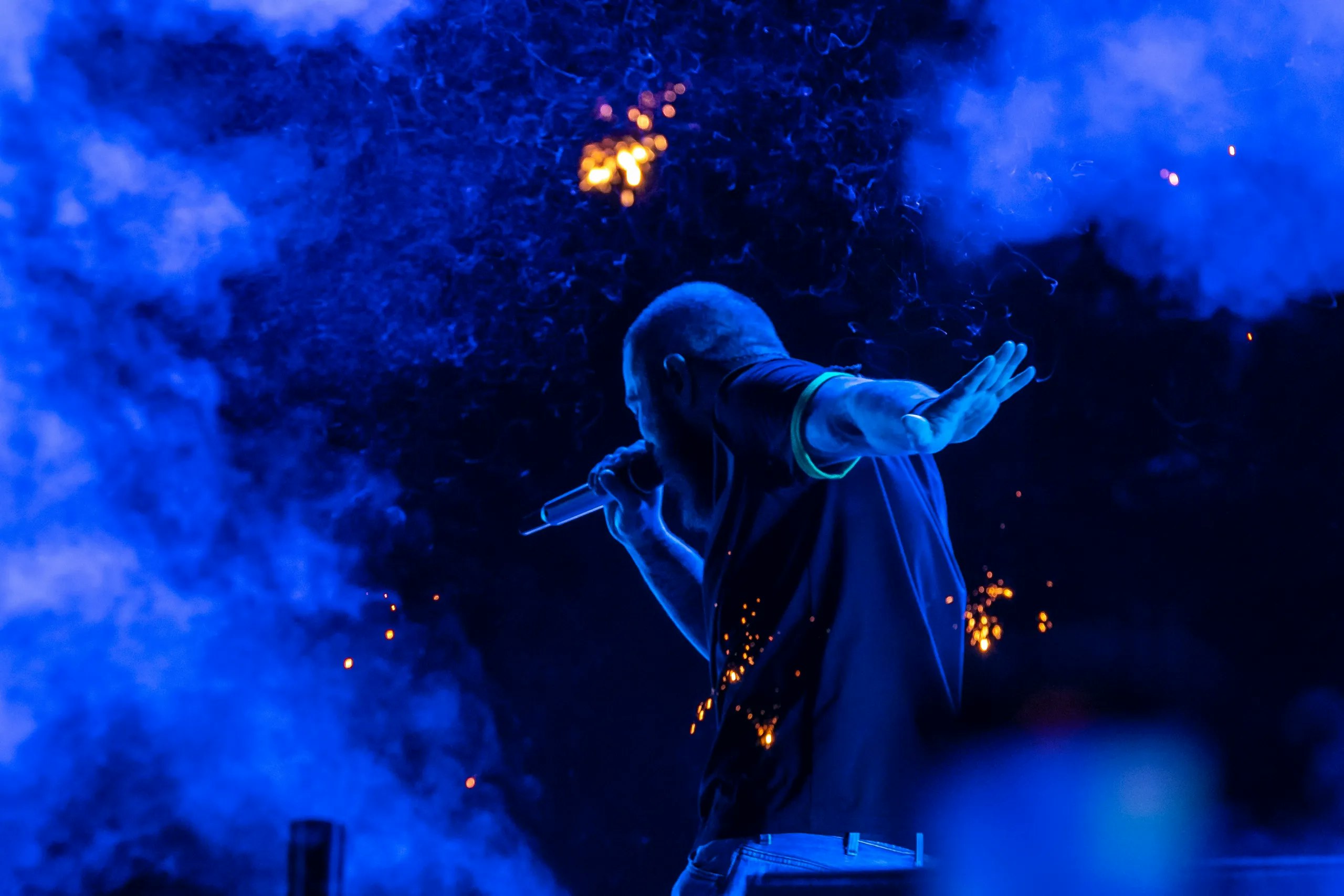
Diversity in Melody: A Global Survey of Musical Genres
By MDLBEAST
September 12 2023
Diversity in Melody: A Global Survey of Musical Genres
By MDLBEAST
September 12 2023
Music is the universal language that transcends boundaries - connecting people from all walks of life. Even if you’re not someone who seeks out this art form, media music has permeated our lives in this fast-paced, digital era.
Everywhere we go, from TV commercials to advertisements to video games, different types of music are playing in the background, whether we hear it or not. This phenomenon demonstrates the power of music in evoking feelings, motivating behavior, and etching indelible memories.
Beyond the use of music as just a tool to prompt, however, its core as a stimulating force has been used by sound artists to express and stir certain sentiments. Hip-hop, Rap, R&B, Jazz, Pop, Rock, Electronic, and Experimental music (to name a few) all provide a window into the diversity of human experience and expression through their distinctive rhythms, melodies, and instrumental arrangements, and all play vastly different roles.
Hip-hop, Rap, and R&B as Cultural Movements
Hip-hop and rap's meteoric rise to prominence in the music industry, especially in the United States, has prompted a significant societal shift. African Americans pioneered these forms as a way to express themselves and tell stories. Because of their evolution into robust methods for discussing crucial social and political issues, they have become cultural touchstones that are both contemporary and thought-provoking. Globally popular rappers like Mos Def and Kendrick Lamar, for instance, have received high accolades for the ripple effect their socially conscious lyrics have created amongst the youth.
Beyond just cultural education, however, these types of music also came about as a way to celebrate culture within marginalized communities, through joy, movement, and self-expression.
The birthplace of Rhythm and blues (R&B) was also within African-American communities and could be dated back to the 1940s. Songs in this genre often deal with themes of love, sorrow, and redemption, and they have rhythmic instrumental backing and vocals that convey strong emotions. Legends like Aretha Franklin and Marvin Gaye laid the groundwork for the genre, while modern artists like Frank Ocean and Ari Lennox have opened the door to more experimentation.
(Not So) Different - The Similarities Between Jazz and Rock
Dubbed "America's classical music," jazz has been around since the late 19th and early 20th centuries in New Orleans. Jazz is an ever-evolving musical style that honors musical freedom through its use of improvisation, syncopation, and swing. Legends like Louis Armstrong, Duke Ellington, and Miles Davis are all a part of jazz's illustrious past, and contemporary artists like Masego and King Krule have renovated their approach to keep it up-to-date.
Jazz festivals draw listeners from all over the world, and imbue a high-class atmosphere. It also remains a popular choice for cafes, restaurants, and lounges since it creates an elegant and unwinding ambiance.
Seemingly the complete antithetical genre, Rock first appeared a little later in the middle of the 20th century, as a symbol of defiance and individual expression. Rock music's position in history was cemented by the contributions of legendary bands like The Beatles, Led Zeppelin, and Queen. Groups like the Red Hot Chili Peppers and the Arctic Monkeys are carrying on the rock tradition with their dynamic live shows.
These two distinct types of music (though used to evoke very different sensations) share some similarities; namely their promotion of freedom of expression through improvisation and spontaneity in performance. They have also both been heavily influenced by the Blues movement, and both require complex instrumental skill - as well as an emphasis on individual expression by showcasing solo performances from musicians in the band.
The Diametrics of Pop Music and Experimental Music
Pop music, on the other hand, is known for its simple and repetitive melodies and lyrics, and infectious, chord progressions. The use of catchy hooks, or repeated phrases that stick in the listener's mind, is also common. Most of them are written in a “major” key, meaning the actual sound of the chord progressions along with the melody sounds “happy,” and upbeat - resulting in songs that appeal to the general masses.
With the ever-increasing popularity of TikTok over the past few years, pop songs had yet another platform to go viral on, with artists rushing to create songs that fit the science of what made a successful TikTtok trending tune.
On the contrary - the emergence of experimental music specifically came about as a way to push musical boundaries and question accepted theories about sound. Björk and Radiohead are two most recognized examples of artists who have found success by taking risks and redefining (and in some cases even completely abandoning notions of) what might sound “good” to the basic human ear.
Revolutionizing Music: The Impact of Electronic Music and Festivals
Electronic music was born out of the technological revolution and completely reshaped the music business. Famous DJs and producers have emerged from the electronic music genre, which is known for its synthetic sounds and cutting-edge production techniques. Festivals showcasing this type of music, like Tomorrowland, have gained worldwide notoriety and a devoted following.
Meanwhile, Soundstorm Festival (though providing a platform for a diverse array of musical genres) is known all over the world for its cutting-edge programming and impressive lineup. The festival's wide variety of musical styles and genres exemplifies how music can bridge cultural divides and unite people from all walks of life in a shared appreciation of sound, as is the mission of its mother company MDLBEAST.
Share this
